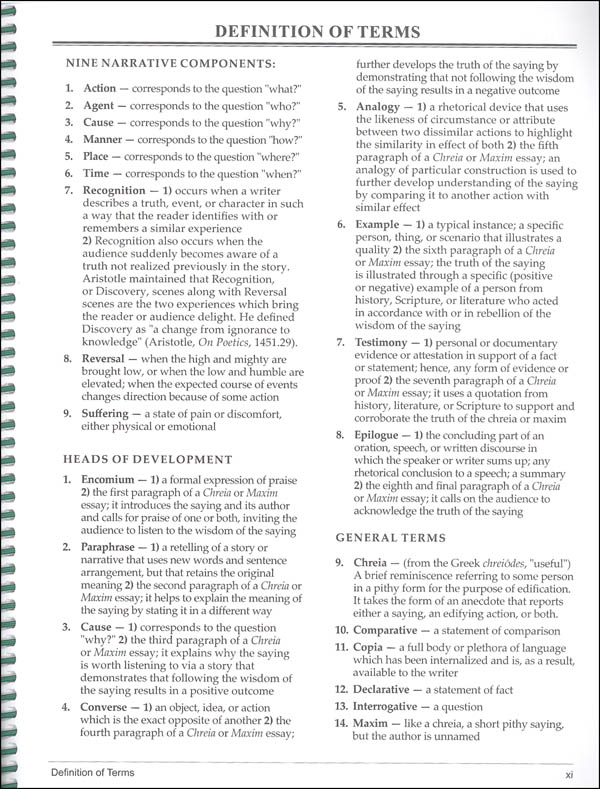
The scoring Pachelbel intended for the canon is in true to the recording above modest and intimate in spite of the hundreds of interpretations that have followed the rise to popularity since the 1970s. It was probably written around 1680 and may have even been composed in celebration of the wedding of J C Bach in 1694, although there is little academic research to support this claim in spite of Pachelbel’s connection to the family. Like many works by Pachelbel, the precise date of the composition is not available. In fact, it is repeated twenty-eight times during the piece. The music consists of a repeating eight-bar pattern (or ground bass), over which Pachelbel composed increasingly elaborate melodic layers. It would be almost impossible to survey the work of this magnificent Baroque composer without mentioning what turned out to be his ‘greatest hit’, the Canon in D major. Equally, the composer’s wonderfully creative use of harmony marks this work out as amongst the finest that Pachelbel composed.
#Classical compositions 2 hours full
The work is melodically inventive and sensitive with Pachelbel making full use of the vocal and instrumental opportunities available to him. Pachelbel decided to use both four and five-part choirs that he chose to accompany with a string orchestra in six parts.Ī bassoon is also included in the instrumentation, indicating Pachelbel’s attention to the subtleties of timbral detail. The compositions show Pachelbel embracing this significant religious change that allowed him to compose using rich polyphonic textures that echoed both his Germanic past and the influence of stylish Italian compositional practices. What is remarkable about the Vespers is that they were composed at a time when the ideas that dominated the early Reformation were beginning to take a firm hold over the practices and formalities of the Catholic Church. The recordings above represent a selection of Pachelbel’s beautiful choral works. The Vespers have largely been overlooked and remain rarely performed. A precise date of composition has not as yet been established. The Chaconne is wonderfully controlled and expressive, with what I feel are clear musical traits of Pachelbel. Only in the eight variations do we hear a slight modification of the original material. Pachelbel employs similar compositional techniques in this work preferring to fully exploit the harmonic possibilities of the original theme rather than focusing on melodic variation. Unlike the F minor Chaconne, this piece maintains its eight-bar theme throughout the eight variations. Like the F minor Chaconne, the D minor Chaconne is one of the additional pieces that have a surviving manuscript.

In this way, Pachelbel looks forward to the great works of J S Bach, in particular, the Passacaglia and Fugue in C minor (BWV 582). What is interesting and characteristically late Pachelbel is his innovative exploration of the harmonic implications of the original theme rather than more straightforward melodic variation. In the chaconne are twenty-two variations although Pachelbel does not rigidly to maintaining the original bass ostinato. There is general agreement that the chaconne has all the hallmarks of a mature work by Pachelbel. A manuscript copy of the work has survived which included other similar pieces that may have been by Pachelbel but this remains unverified. This work dates from approximately 1700 although this is not certain. The dedication of the Hexachordum Apollinis is to the famous organist and composer Buxtehude, a friend and colleague of Pachelbel’s. Pachelbel wrote of the pieces that “six arias to be played on the organ, or the harpsichord, to whose simple melodies are added variations for the pleasure of Friends of the Muses”.

It is this final Aria titled “Aria Sebaldina”, that is perhaps the most famous of them all dedicated to Saint Sebaldus. Each of the Arias is in minor keys, giving quite a sombre tone to the work. The first five keys represent the first five notes of the hexachord that are D – A, but the sixth is written in F but this time F minor. It consists of six Arias for either organ or harpsichord and variations that are in six different keys. Amongst all of his many compositions, the “Six Strings of Apollo”, as it translates, stands as a truly exemplary piece. This work is considered by scholars to be Pachelbel’s most remarkable composition. The piece maybe also gives us a little insight into the style of Pachelbel’s organ playing and it is not hard to understand why he was of influence to the Bach family. There is the characteristic flowing semi-quaver movement that typifies the Toccata that was a favourite musical form.

This short piece shows the elegance of the melodic line and effortless momentum that carries the composition from beginning to end.

Organ music was what Pachelbel was perhaps most recognised for as a Baroque composer.


 0 kommentar(er)
0 kommentar(er)
